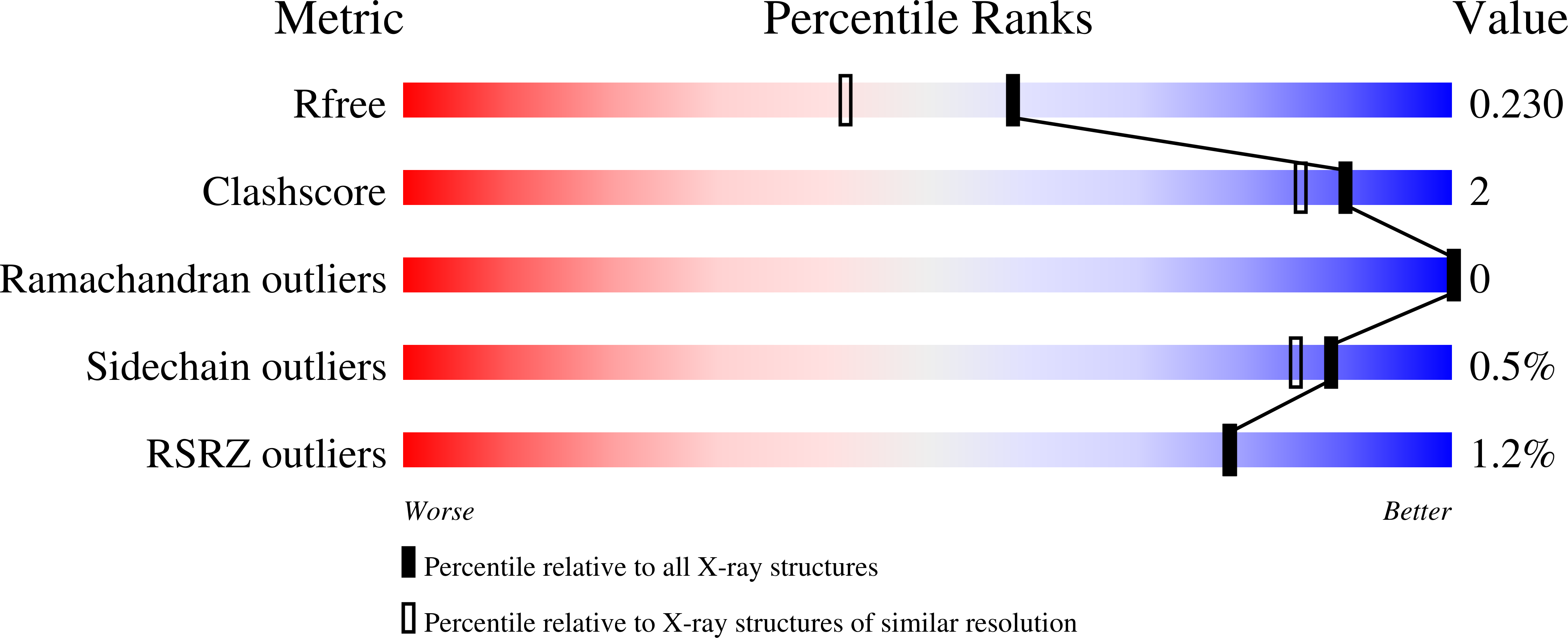
Deposition Date
2020-04-14
Release Date
2021-02-24
Last Version Date
2024-01-24
Entry Detail
PDB ID:
6YOH
Keywords:
Title:
LecA from Pseudomonas aeruginosa in complex with a catechol CAS no. 61445-50-9
Biological Source:
Source Organism:
Pseudomonas aeruginosa PAO1 (Taxon ID: 208964)
Host Organism:
Method Details:
Experimental Method:
Resolution:
1.84 Å
R-Value Free:
0.22
R-Value Work:
0.19
R-Value Observed:
0.19
Space Group:
P 21 2 21


